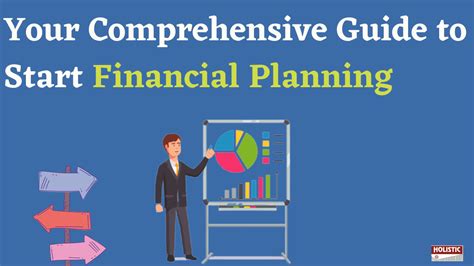Paying for college can be a daunting task, but Webster University offers a range of payment plans to help students manage their expenses. These plans provide flexibility and affordability, ensuring that financial constraints do not hinder academic pursuits.

Payment Plan Options
1. Monthly Payment Plan
The Monthly Payment Plan is a popular option that divides tuition and fees into 10 equal monthly payments. Students choose their billing cycle and pay their statements online or by mail.
2. Quarterly Payment Plan
The Quarterly Payment Plan divides tuition and fees into 3 equal payments, due at the beginning of each academic quarter (fall, spring, summer). This plan is suitable for students who prefer to pay larger installments.
3. Semester Payment Plan
The Semester Payment Plan divides tuition and fees into 2 equal payments, due at the beginning of each semester (fall and spring). This plan is ideal for students who prefer to pay after each semester’s coursework.
4. Lump Sum Payment
Students may also choose to pay their tuition and fees in full by a specified due date. This option offers the most savings, as no transaction fees are incurred.
Plan Comparison
To aid in selecting the most suitable payment plan, here is a comparison table:
| Payment Plan | Payment Frequency | Payment Due Dates | Transaction Fee* |
|---|---|---|---|
| Monthly | 10 equal monthly payments | Chosen by student | $30 |
| Quarterly | 3 equal quarterly payments | Beginning of each quarter | $45 |
| Semester | 2 equal semester payments | Beginning of each semester | $75 |
| Lump Sum | Full payment at once | Specified due date | $0 |
*Transaction fees apply to payments made online or by credit/debit card.
Eligibility and Requirements
All students registered at Webster University are eligible for payment plans. However, certain requirements must be met:
- Student must be enrolled in a degree-seeking program.
- Student must be in good financial standing (no outstanding balances).
- Student must submit an online payment plan agreement.
How to Enroll
Enrolling in a payment plan is simple:
1. Log into your WebAdvisor account.
2. Click on the “Student Accounts” tab.
3. Select “Payment Plans” from the menu.
4. Choose your preferred payment plan and follow the instructions.
Benefits of Payment Plans
- Convenience: Payment plans provide a structured method for managing expenses without the hassle of multiple payments.
- Flexibility: Plans can be tailored to fit individual financial circumstances, allowing students to choose frequencies and due dates that work best for them.
- Affordability: By spreading payments over multiple months or quarters, students can reduce the financial burden associated with college.
- Academic Success: Financial stress can hinder academic performance. Payment plans remove this barrier, allowing students to focus on their studies.
Financial Aid and Payment Plans
Financial aid, such as scholarships, grants, and loans, can reduce the total amount owed for tuition and fees. Students who receive financial aid are still eligible for payment plans, which can help them manage their remaining expenses.
How to Calculate Payment Plan Amounts
To calculate the monthly or quarterly payment amounts, follow these steps:
1. Determine the total amount of tuition and fees.
2. Subtract any financial aid or scholarships.
3. Divide the remaining amount by the number of payments (e.g., 10 for Monthly, 3 for Quarterly).
Additional Resources
For more information on Webster University payment plans, visit the following resources:
Conclusion
Webster University’s payment plans empower students to pursue their academic goals without the financial burden. By selecting the plan that best aligns with their needs, students can manage their expenses effectively and focus on achieving their educational aspirations.
